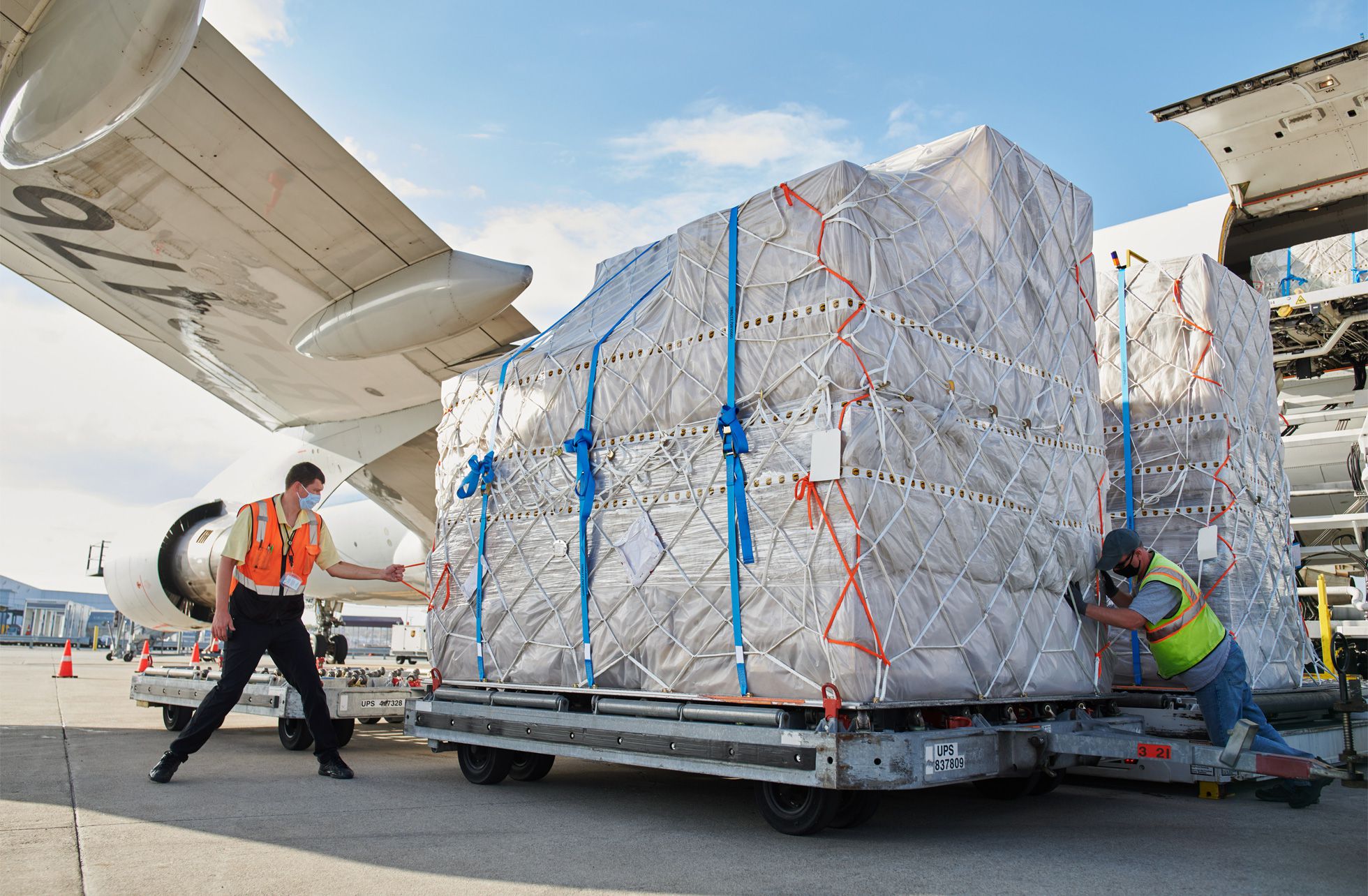I think I understand….The thing to pay attention to is 'wired' memory. That's memory that apps are actively using.
I'm going to oversimplify a bit, but what macOS does is bring into memory a ton of stuff that apps _might_ need or leave in memory things that they needed and might need again. It's all part of trying to squeeze out the best possible performance. So the more memory you have the more casual macOS is going to be about putting things in there 'just in case'.
A simplified example of this is if an app starts reading from a file. One approach macOS could take with limited RAM is to just read from the file the bits as the app needs it. If macOS has a ton of free memory, why not just put the whole file in memory in one go?
When memory starts getting tight, macOS will streamline things and start purging out all these speculative bits of data. Wired are the bits the app has specifically written ('dirty') or is explicitly needing. When wired memory exceeds total memory, macOS will be forced to 'page' (move) these bits of memory to disk. That's super slow and horrific for performance.
Again, totally simplified things here but it might give you a better mental model to not worry when you see a lot of memory in use.
So the fact mines using a lot of memory is just because it can. It’s not meaning that it’s running out of memory?







